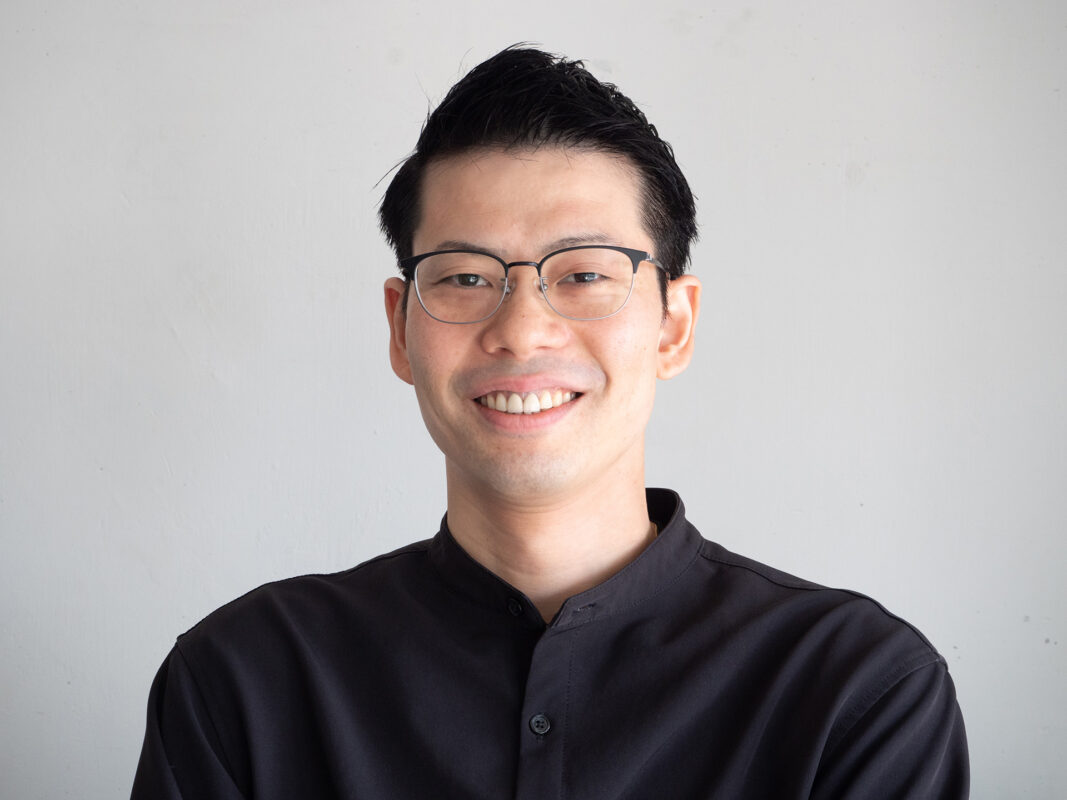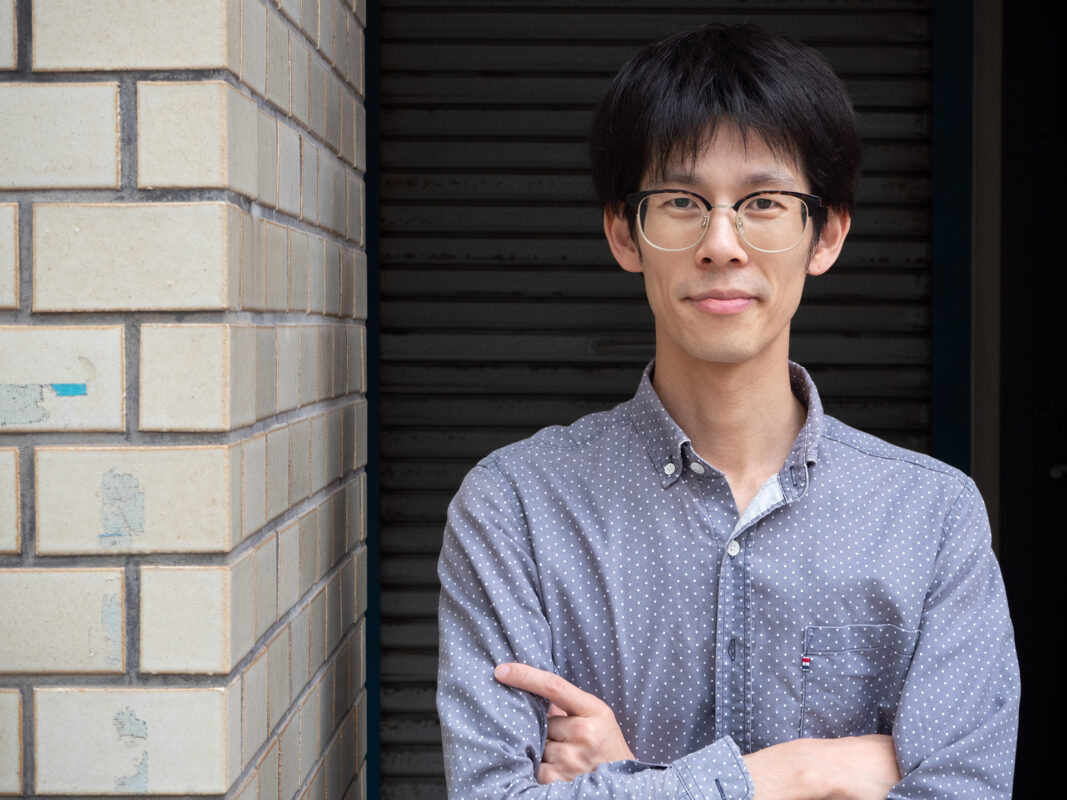Since its inception kiss In the tardy 19th century, Japan made a huge contribution to global coffee culture. Namely, Japan established the world’s first international coffee shop chain (in 1911, Mizuno Ryō opened the Ginza coffee shop Paulista Cafe); Japan also helped introduce the drip-brew method of coffee brewing to the West, a key step in the evolution of up-to-date specialty coffee.
That said, in some ways, specialty coffee in Japan itself has slowly moved beyond Tokyo. But change is happening, and perhaps no other city demonstrates this better than Hiroshima City in western Japan.
The city of Hiroshima has always been famed for its oysters, okonomiyakiAND my little manjū than coffee. But when it comes to consumption, Hiroshima spends more per household on coffee than any other city in Japan. What’s more, this year is the third since the annual Good Life, Good Coffee Fair was held in Hiroshima at the Mitsukoshi Mall. And if the success of newcomers like Progress Lifestyle Coffee, Archive Coffee Roasteriesand based in Tokyo Obscura Coffee Roastery Everything indicates that Hiroshima, the City of Peace, may soon become the City of Coffee.
Sprudge Guide to Coffee in Hiroshima City takes you on a tour of five very recent shops in Hiroshima. None are more than six years venerable, and all are dedicated to high-quality coffees, artisan baristas, and on-site roasting. We’ll start at Hiroshima Station and walk around the city clockwise, stopping at each stop for a drink along the way. Ikimasyo!
Seven
Go northeast from Hiroshima Station and you’ll find it, hidden away in a white tiled apartment elaborate, Sapta Coffeefirst stop on our tour. With just two seats inside and a standing plate for drinking, Sapta might be the coziest shop on our list.
Owner Tatsuya Nagasaka only does medium roast. He prefers what he calls Yasashiior “gentle”, roast profile, “Something fine and never bitter”. His Umurage (Rwanda) brewed coffee is indeed nice – polished and fruity with a lingering aftertaste. His blend for milk-based drinks is a harmonious blend of beans from Kenya, Brazil and Guatemala. Tatsuya pulls aromatic doppios on Faema E61 and serves them in blue commodity. How nice!


That’s because Tatsuya himself is nice. For example, at eight o’clock he specially prepares budget-friendly coffee in batches for commuters (steaming to go would be too leisurely). As a gift for the recently married or those who have just had a baby, Tatsuya wraps the beans in From water (gift box), framed with real dried flowers noshi (abalone). What if you don’t drink coffee at all? He serves his wife’s kombucha.
Tatsuya says that if his shop is successful, he would like his recent neighborhood (Hikari-machi) to flourish. But Sapta’s success is guaranteed. Everything here is just so Yasashii.
Hiroshima Breathing Point

Our next stop, Hiroshima Breathing Pointis waiting for us in the south at Danbara, at the foot of Mount Hijiyama, next to Hiroshima MOCA, the contemporary museum.
The Breath building is a work of art in itself. The glass, semi-hexagonal facade is chic, and the interior suggests the architecture of Tadao Ando. But the art doesn’t stop there. The floral El Puente-Cataratas/Gesha/Washed (Honduras) ended up in my cup, and only after much deliberation—I had thirteen other choices.

Breath has a ton of noteworthy beans. The 2021 offering includes this year’s Cup of Excellence winner, a blend of Nicaragua Maragogipe and Olga María González’s Maracaturra. These beans go into a potpourri of drinks, including a cortado-sized (but frothy) mini-cappuccino.
The artisans behind Breath are the husband-and-wife duo Daichi and Kanae Satō. The latter, who helps run the business side of Breath, has over 11 years of experience in finance. The former has over a decade of barista and management experience; Daichi used to run the Hiroshima branch of Obscura Coffee Roasters and has iron to match his skills; Daichi has finished in the top 20 at the brutal Japan Barista Championships.
The pair run workshops on latte art, pour-overs and espresso calibration. But when the doors close, the freedom ends. In true Japanese style, Daichi won’t let recent staff members even touch the mighty La Marzocco Road until they complete a year of training.
Isn’t that artistic?
Coffee Miles

Let’s take a taxi across the Kyōbashi River and go down to Fujimi-chō, where our next stop is waiting for us, Coffee Miles. At just over three months venerable, Miles is a newcomer to our list, but rest assured: the beans speak of a lifetime of craftsmanship. Indeed, the mastermind behind Miles, Kawakami Minemasa, has over 10 years of barista experience (part of that at the aforementioned Obscura; Kawakami also placed eighth in the fiendishly complex 2019 Japan Brewers Cup barista competition). An inspiring journey to Novel York City’s All coffee, Coffee SeyAND Sacrifice got Kawakami’s blood boiling, and he opened Miles Coffee to share his love of pour-over coffee and, as he puts it, “everyday coffee.”
But “everyday” doesn’t mean “average.” My fermented El Diviso (Colombia), extracted via a honeycomb drip, was surprisingly peachy—a masterclass in form.


And that’s just pouring it over. Those who like desserts (or are escaping Japan’s desert heat) can get an affogato; those with more adventurous tastes can try milky infusions, espresso tonics and drinks from the seasonal menu (in my case, an iced cappuccino).
And of course there’s always a good venerable espresso. Kawakami extracted my Shyira CWS (Rwanda) on a slippery The S200 is a very popular product.My doppio was served in an urn made by a ceramicist Moriyama Range Shimane-ken: a double dose of craftsmanship.
Akam Cafe
If you’re not yet caffeinated, head southwest toward Higashisenda Park to the Kokutai-ji district. That’s where the fourth stop on our list is, Akam Cafe.
Akama’s glass doors open to the world of coffee: coffee brewing accessories, scales, two Diedrich smoking rooms and, right next to the wall at the back, a menacingly lovely San Remo F18The Akama space with its black stripe evokes the atmosphere of Rome in the Rinzai style.
I tried an Italian espresso. The crema alone was enough to make me dizzy – the shot had a bitter taste tempered by sugar, exactly what you want lovely country. And when I was done, I went back to the menu to review a ton of technical details about my brew. The menu listed the dosage, extraction amount, and even roast dates.


Akam founder Matsumoto Atsushi has a fantastic eye for detail. In his previous life, he was an automotive engineer designing air conditioners, but when Matsumoto ate his first doppio at a Japanese chain, he was unimpressed. From then on, he tried making espresso in its kind–something unique, but genuine.
And the products speak for themselves. I tried an oxygen-free, medium-light roast from Thailand, and it was as good as my date’s shakerato (although hers, unlike mine, was served in a sparkling flute).
With a range of signature drinks, homemade ginger syrup, chiffon cake, ice cream and crème brûlée on tap, Akam has something for both professionals and the latte elite.
Shimaji Coffee Laboratory

The last item on our list is Shimaji Coffee Laboratorylocated right next to Hiroshima Railway Station, at the foot of the picturesque Kyōbashi Bridge in the Kyōbashi district.
As one of Sprudge’s coworkers wisely said, “Never turn down a bakery.” If that’s your mantra, open the Shimaji door, walk over to the bakery’s refrigerator, and point to something sweet: there are cakes, muffins, brownies, tarts, chibousts, even bottles of cookies for sale. My lemon meringue pie paired perfectly with Fincona (Honduras) natural pour-over.
Shima Yoshitaka, the laboratory’s chief scientist, opened Shimaji after his Honten (the original store) has been a huge success. And it’s basic to see why: Its coffee-meets-muffin model meshes quite well with Hiroshima’s penchant for relaxation.


Pastries (and lattes and cascaras) aside, Shimaji is, after all, a shop focused on airy roasts. Shima poured me a second drink, a very airy natural espresso Benti Nenka (Ethiopia), over a frosty La Marzocco Linea Classic S-2. I was euphoric. The Lab’s crowded but tranquil soundscape, the meditative drip-brew coffee, and the floating benches, combined with the grape shot, created a kind of Third Wave-kiss pioneeringly tranquil atmosphere.
I admit I was surprised when Shima handed me a miniature, colorful card with detailed information about the country of origin, region, variety, process, altitude, and expected flavor of my beans. On the back of the card were instructions (with diagrams!) on how to properly prepare brewed coffee.
The instructions on the card made me feel like a recent scientist—or a convert, tasked with spreading the gospel of airy roasted beans. Whether that’s possible for me or not. Shimaji has sweet coffee.


